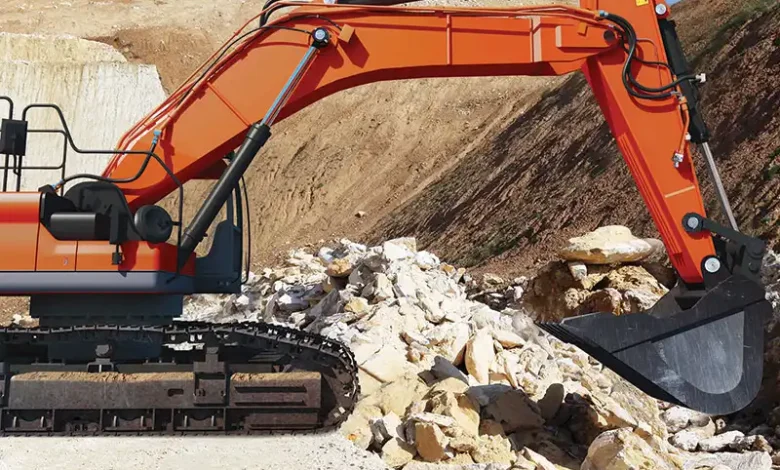USED VS. NEW EQUIPMENT FINANCING: WHICH IS BEST?

When you are set to invest in some heavy machinery to do business, there is always a question that arises: Should you finance new machinery or used machinery?
This decision can make or break your bottom line. Each option has advantages and disadvantages. So, your decision will be based on your budget, workload, and future objectives.
We’ll look at the differences to help you make a confident decision.
Financing new equipment
Investing in new equipment might seem like the easiest way to go. You receive new equipment directly from the manufacturer. No hidden wear and tear, no secrets in the history, and a full warranty to support it.
Benefits of financing new equipment
Stability: The new machines are associated with the newest technological achievements and a reduced number of troubles with maintenance. This eliminates unexpected repair expenses and reduces downtime.
Warranty coverage: Parts and labour warranty coverage is extended on most new equipment. This is helpful in controlling the costs during the initial few years.
Better financing conditions: Lenders can usually provide lower interest rates and an extended period of repayments on new equipment. This is because the collateral has a higher value.
Tax incentives: You can actually have tax benefits, like claiming depreciation benefits. But this depends on your region and industry.
See also: How Occupational Therapy Helps People Adapt to Life’s Challenges
Drawbacks
- New equipment is more expensive initially
- Monthly payments will be greater
- That additional cost may not be justified in case your business cash flow is tight or you do not need sophisticated technology.
Financing used equipment
You can also obtain used equipment financing when you need to save money or when your projects do not need the latest models. Most Canadian lenders have no problems giving used construction equipment loans, even those that are several years old.
Benefits of financing used equipment
Reduced total cost: The overall cost of purchase is significantly less. This implies reduced loan interest and reduced monthly payments.
Swift approval: Lenders can typically also get used equipment loans approved in a short time, particularly when the machinery has a clear resale value.
A proven, reliable machine: A well-serviced used machine with decent service records can easily work as a new machine in some applications.
Potential drawbacks
- Second-hand equipment can be more expensive to maintain
- It has a shorter lifespan
- Warranty is frequently restricted or absent. Lending agencies may insist on a greater down payment or a shorter payoff period.
Which option is best for you
There is no single one-size-fits-all. It depends on your business goals:
- Select new equipment if you want reliability, efficiency, and long-term use.
- Go for used equipment financing to save money, maintain payments at a minimum, or upgrade regularly.
Combining the two can also be reasonable. You can fund new machinery to support your main production, but add used machines to do the infrequent projects.
The takeaway
New or used, a proper financing program can make your business grow without wasting resources. The best thing is to select the equipment that suits your workload, as well as a financing plan that suits your budget.

